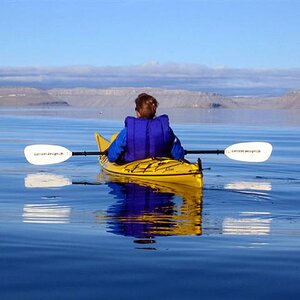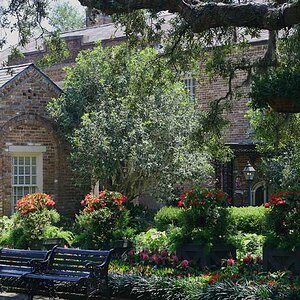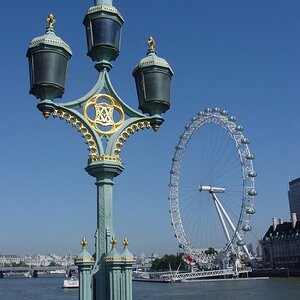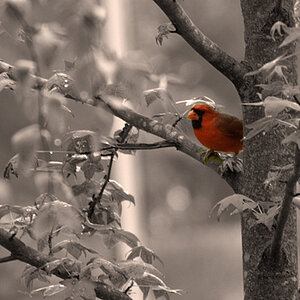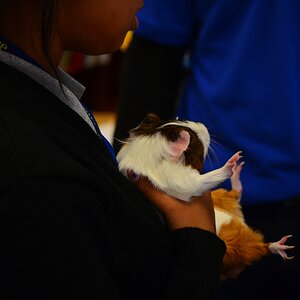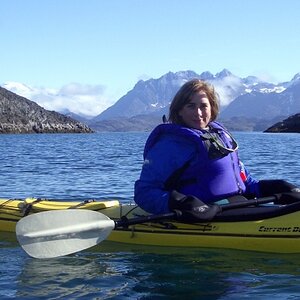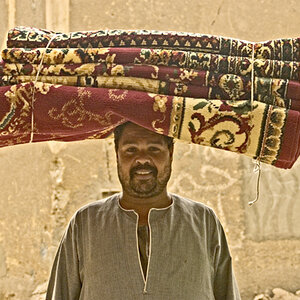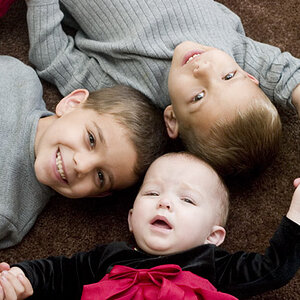myfotoguy
TPF Noob!
- Joined
- Feb 15, 2010
- Messages
- 856
- Reaction score
- 2
- Location
- Minnesota
- Can others edit my Photos
- Photos OK to edit
I am currently using Nikon CLS (D300 to trigger an SB600 and SB900). I am interested in getting more distance, and triggering lights when flash is blocked by subject or small object, plus additional lights.
I'll get Cactus or similar for triggers, my main question is....
Are the Vivitar 285 HV's limiting since your options for power are four settings: FULL, 1/2, 1/4, 1/16? I thought I read about ND gels for flashes, is that right, add 1 for 1 stop, 2 for two stops? Certainly not as "convenient".
Would I be better off getting a used SB-28 for additional power control of 1/32 and 1/64? or the LumoPro 160?
EDIT TO ADD: From what I understand, the SB-28's would have better (much?) recycle times than the Vivitar units. Those that have been doing this, is that much of a factor?
It seems the 285 HV Vivitars are the best bang for buck, but not sure if there is enough control (I suppose I could run tests with what I have in manual to see and go beyond CLS mode, but I intend to add 3rd and 4th lights, so not sure how much additional control will be needed).
I'll get Cactus or similar for triggers, my main question is....
Are the Vivitar 285 HV's limiting since your options for power are four settings: FULL, 1/2, 1/4, 1/16? I thought I read about ND gels for flashes, is that right, add 1 for 1 stop, 2 for two stops? Certainly not as "convenient".
Would I be better off getting a used SB-28 for additional power control of 1/32 and 1/64? or the LumoPro 160?
EDIT TO ADD: From what I understand, the SB-28's would have better (much?) recycle times than the Vivitar units. Those that have been doing this, is that much of a factor?
It seems the 285 HV Vivitars are the best bang for buck, but not sure if there is enough control (I suppose I could run tests with what I have in manual to see and go beyond CLS mode, but I intend to add 3rd and 4th lights, so not sure how much additional control will be needed).
Last edited:



